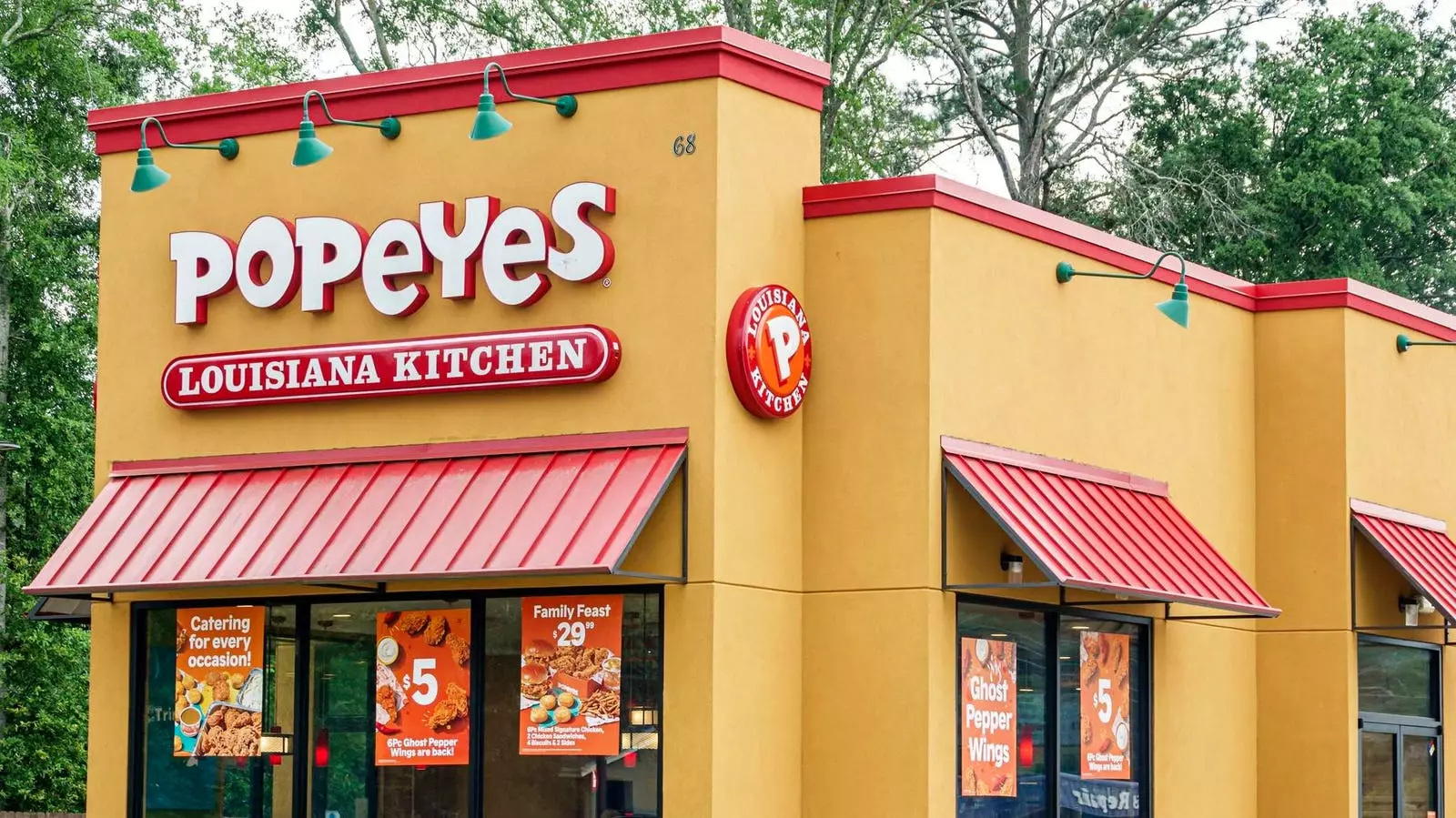As we navigate through 2025, the landscape of food collaborations has evolved beyond mere marketing tactics. Today’s partnerships between giant food brands are reimagining what it means to dine, offering consumers a unique blend of nostalgia, luxury, and pop culture integration. These collaborations serve a dual purpose: they cater to consumer cravings while creating memorable dining experiences that extend past the plate.
Food collaborations are now at the forefront of culinary innovation, reflecting contemporary societal values and consumer preferences. Individuals today are seeking more than just a meal; they desire experiences that resonate with their identities and lifestyles. Pairing high-end brands with fast-food chains has become a remarkable trend, emphasizing the idea that luxury can coexist with everyday dining.
A Surprising Blend: Premium Tequila and Fast Food
One noteworthy example from January 2025 is the surprising collaboration between Don Julio and Popeyes. This partnership brings together the seemingly contrasting worlds of fast-casual dining and premium spirits, creating an event that draws numerous buzz across social media platforms. Not only does this collaboration highlight the luxury trend permeating fast food, but it also signifies a notable shift in consumer expectations—people are looking for indulgence at every dining price point.
In an era where the lines between casual and upscale dining are increasingly blurred, such unexpected partnerships offer a fresh perspective on how we engage with food. Consumers are not hesitant to embrace these innovations; instead, they seek them out, eager for a taste of both worlds. This mindset represents a broader cultural shift towards an appreciation for quality, even within traditional fast food contexts.
Another compelling example of how emotional connections fuel culinary collaborations lies with McDonald’s Pokémon Happy Meals. This isn’t merely a toy promotion; it encapsulates a multi-generational nostalgia that captures the essence of childhood memories. By reviving such a cherished experience, McDonald’s successfully targets consumers’ desire for sentimentality while simultaneously attracting younger generations through digital engagement.
This collaboration reminds us that the most impactful culinary partnerships are those that resonate on an emotional level. It transcends beyond the food on the plate, tapping into memories and experiences shared over delicious meals, making it a relevant case study in modern dining.
The Scarcity Factor: Making Fast Food an Event
The release of exclusive menu items tied to major pop culture events, such as the premiere of Squid Game Season 2, underscores the significance of exclusivity in today’s food ecosystem. KFC and McDonald’s capitalized on the show’s immense hype, offering limited-time meals that have consumers excitedly participating in a rush to collect these ephemeral items. This scarcity-driven approach fuels a fear of missing out (FOMO), transforming everyday fast food into an event worthy of public discourse and social media hype.
This phenomenon contributes to a culture that favors exclusivity, where a meal can become a talking point, creating community engagement among fans of both the show and the food involved. Such collaborations illustrate an important aspect of modern dining—it’s not just about eating; it’s about participating in a larger cultural narrative.
Celebrity-driven collaborations, such as Post Malone’s limited-edition Oreos, reveal another layer of contemporary food marketing. These partnerships must resonate authentically with fans, reflecting the personality and values of the artist rather than simply serving as an advertisement. Today’s consumers are becoming increasingly discerning, preferring products that resonate with their favorite celebrities’ genuine characteristics rather than faceless endorsements.
Combining the allure of celebrities with food transcends traditional branding, crafting a narrative that engages consumers on a profoundly personal level. The success of such collaborations relies on emotional connectivity and authenticity, highlighting the evolving relationship between artists, brands, and fans.
The food collaborations of 2025 are multi-faceted and deeply intertwined with current cultural trends. Whether highlighting luxury within accessible dining, invoking nostalgia, creating scarcity, or engaging with celebrities, these partnerships reveal the intricate tapestry of consumer desires. As we look forward, it is evident that culinary collaborations will continue to shape the dining landscape, inviting innovation and experience into our everyday consumption.
The future promises even more unexpected partnerships that resonate with our evolving tastes and the cultural narratives we create around food. What awaits us is not only delectable dishes but a richer, shared experience that defines our generation’s food culture.

